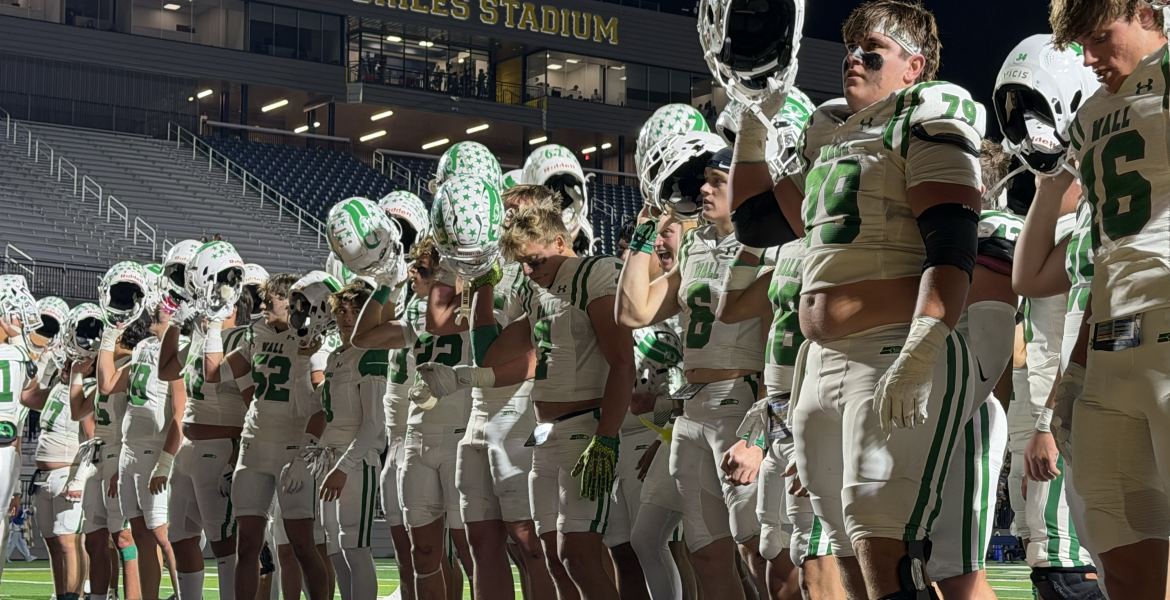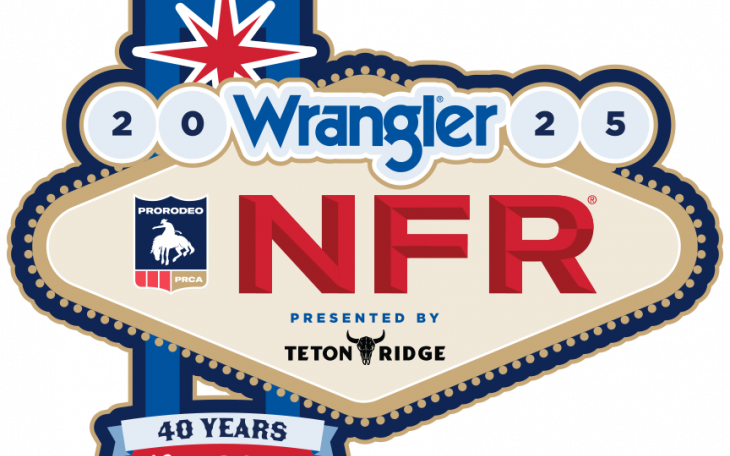The Devil could not dream such a damnable stream
As the Pecos River Southwest;
From bank to bank she reeked and stank Like a thousand buzzards’ nests.
-- Paul Patterson, Crossing Rio Pecos, 1996
Patterson’s book, published by Texas Christian University Press, attributes the discouraging poem about a legendary river to west Texas folklore. Nevertheless, Hayden and I eagerly accepted the invitation of friends and relatives to navigate fifteen miles of the Pecos, launching our three Old Town fiberglass canoes at the Pandale crossing.
From recent thunderstorms, water levels were swollen. By Pecos River terms, "swollen" means the water level is high enough to forge more difficult rapids where portaging is not required. According to six grades on the International Scale of River Difficulty, higher water on the Pecos can mean that normally easy-to-navigate "Class I" or "Class II" rapids can become "Class III" or "Class IV". Who knows what the difference is between the various levels of rapids, other than Class IV, V and VI rapids are probably like black diamond ski slopes. None are meant to be navigated with your inexperienced, 11-year-old son.
Pilots from Laughlin Air Force Base are spoiled by aerial views of the pristine beauty of clear, refreshingly blue waterways, flowing and tumbling towards Lake Amistad. Most of these streams snake below Laughlin’s northern Military Operations Area. On sorties flown daily over Comstock, Juno, Pandale, and the sprawling ranchland between the Devils River and the lower Pecos River, the blue streams appear benign, peaceful and cool – places to relax should mechanical trouble force you to eject and ride the nylon parachute to meet it.
Any relaxing scenes noticed in flight are an illusion, though. The lessons and the harsh realities of inhospitable land and waterways are quickly learned during a canoe trip down the Pecos River from Pandale towards the confluence of the Pecos and Rio Grande River near the border with Mexico. The entire trip from Pandale to the Rio Grande is 55.3 miles through canyons, difficult rapids and stagnant water, occasionally requiring exhausting, upwind paddling. Experienced canoeing enthusiasts say that the trip takes about four days. I think it would take a week.
The Pecos River is known for its deception. Its beauty from afar doesn’t equate to comfort or ease of navigation, or even taste. Spanish explorer Gaspar Castaño de Sosa called it the Río Salado because of its salty taste. To Mexicans, the river was forever referred to as the Río Puerco ("Dirty River").
Early day Anglo travelers forded it often, and described the size of the river as 65 to 100 feet across, seven to 10 feet deep, and difficult to cross thanks to a swift current. In the 1800s, travelers, horses, stagecoaches and the U.S. Army were forced to follow the Pecos River bed from the present day Amistad Reservoir basin to well north of Pandale, forming the San Antonio-El Paso Road. The road crossed the Pecos at a ford named Horsehead Crossing, located northeast of present day Fort Stockton on U.S. Highway 67 near Girvin.
It was not until the arrival of the railroad at the Pecos in 1883 that traffic passed over the inhospitable river canyon forged by the Pecos at the confluence of the Rio Grande. The original rail bed snaked its way deep into the Rio Grande canyon, across the Pecos, and up to the top of the bluffs. In 1894, that route was abandoned when the original Pecos High Bridge was built directly across the river canyon for rail traffic approximately four miles upstream from the Rio Grande.
The Pecos still runs deep in some areas of Val Verde County, but for the most part, water volume has been reduced considerably with the construction of dams up river, including the Red Bluff Reservoir near the Texas-New Mexico border, built in the 1930s.
Salt Cedar (Tamarix aphylla) is also causing water levels to decline along the Pecos, particularly upstream. These imported trees consume around 200 gallons of water per day each. They were planted in the early 1900s to control soil erosion along the banks of the Pecos. Now they are ruining it. The trees replace other indigenous vegetation. The problem has become so bad that the federal and state governments are funding the Pecos River Basin Assessment Program at Texas A&M University with a charge to, among other things, eradicate Salt Cedar from the Pecos River.
Yet, the Pecos River is still an important source for water for Lake Amistad. It accounts for 11 percent of the water inflow into the reservoir but nearly 30 percent of the salts.
Before hitting the water, our flotilla stopped by the new Pandale Store where we found proprietor Easy Davila, who was probably the only person still living in Pandale fulltime. Easy is the tour guide, source of local news and lore, and beer distributor for the entire area. He said he moved to Pandale from Odessa a few years back after suffering an injury in the construction business there. He owns a few cabins in Pandale that can be rented for $80-$100 per night, depending on the size. Easy said he routinely picks up canoers at the Pecos River Bridge and hauls them back up to Pandale where they began their trip a few days prior. He does it for a small fee, he said.
There are no longer any canoe takeouts between Pandale and the Rio Grande, so unless you own land abutting the Pecos, once you start the trip from Pandale you are committed to canoeing the entire 55.3 miles. We were lucky on our trip. Our guide and my longtime friend Dr. Joel Dickens of San Angelo, owns property at the 15-mile point where we planned to end our all-day trip.
Easy said that there was a landowner downstream 39 miles, just before the only weir dam, which allowed canoeing parties to disembark. "That ended when the rancher got sued when someone got hurt on his land," Easy said. The State of Texas owns the land along the riverbed, but individual landowners own the land along the banks. The reason rivers like the Pecos and its sister, the Devils River, are so remarkably "untouched" is the unavailability of public lands adjoining them for disembarking.
Kerr Wardlaw’s family owns land along the Devils River. He believes too that the deep canyons and inhospitable surroundings naturally protect both rivers. "Both of these rivers have meant trouble for man since the beginning of time. The simple fact is that they are self-preserving because of where they are," Wardlaw said.
It was a cool day in early April. Under partly cloudy skies, the temperature hovered around 65 degrees. The water was a few degrees cooler. Trips down the Pecos are best during these cooler days of spring or early fall because there is usually more rain, and the water level is higher.
We set out and easily navigated the first several sets of rapids. No portaging was required at any point of our route. The lower Pecos is cut through high cliffs and canyons the entire trip. The flow of the river repeats itself between half-mile to one-mile stretches of pooled water, followed by Class I or II rapids.
The calm areas became arduous in the early afternoon because a wind out of the south at 20 knots would blow and whip around the high canyon walls. If the bow of the canoe exceeded about 20 degrees from the prevailing winds, the wind pushed the canoe 90 degrees left or right, usually requiring hard-paddling, perhaps completing a 360-degree turn to get pointed down river again. Sometimes the wind pushed the canoe onto the left bank, into clumps of carrizo cane choking the banks. The current on top of the river was usually headed upstream with the wind, requiring constant paddling and vigilance at the stern, not to get the boat pointed too far left or right.
Once in the rapids, quick observations and decision-making tells canoers to steer away from the "rock gardens" awaiting you through the middle or near the end of many of the runs of rapids. There are sometimes multiple paths to choose among rapids canoers want to navigate. A firm back paddle is required on the side one needs to turn to avoid obstacles. Rocks are often hidden just below the surface.
In the bow, Hayden proved to be a good watchman for rocks until the Oppenheimer Canyon rapids at approximately the seven-mile point. "Watch out dad, there’s a rock straight ahead," he screamed in the middle of the harshest set of rapids of the entire trip. It was too late to turn, so our canoe hit the rock head-on, capsizing. The current was strong, so we bounced along the rocks for about 50 yards into calmer water. Our buddies ahead of us watched, scrambling to fetch our paddles, canoe, and a bag of H-E-B trail mix that beat us out of the rapids. Luckily, we had no major injuries other than my sore tailbone.
The trip ended after the fifth bend in the river, just past Goat Canyon rapids. We carried our canoes a short way up the canyon. But our duties weren’t over yet. We gathered our gear and began a steep, two-mile hike winding up the wall of Goat Canyon to reach our Land Cruiser. After a full day of paddling upwind, hiking 1,500 feet up a precipitous trail tested our endurance. Every rock can cut, every plant can prick, and every reptile may bite.
About halfway up the canyon wall, I looked up and saw contrails from an airplane overhead. The pilot was probably peering down, dreaming of the cool, relaxing times he could be having on the clear blue Pecos River. I wanted to tell that pilot, "Boy, you have no clue."
Sore and tired, Hayden and I returned home from the trip. We were both proud of our experience, though. These are memories we earned. Would we do it again? You bet!
Canoeing the Pecos River is not for novices. Always wear a life preserver when on the water. Cell phone service is not available down in the river canyons, although AT&T cell phones do work on higher ground. Never trespass on private property for ingress or egress into the river. And finally, bring plenty of water and make sure your vehicle has plenty of gasoline before driving to Pandale. The closest gas stations are 70 miles away.
Pandale is located almost 60 miles north of Comstock on FM 1024. The last 15 miles of the trip is over a dirt road.
Subscribe to the LIVE! Daily
Required






Post a comment to this article here: